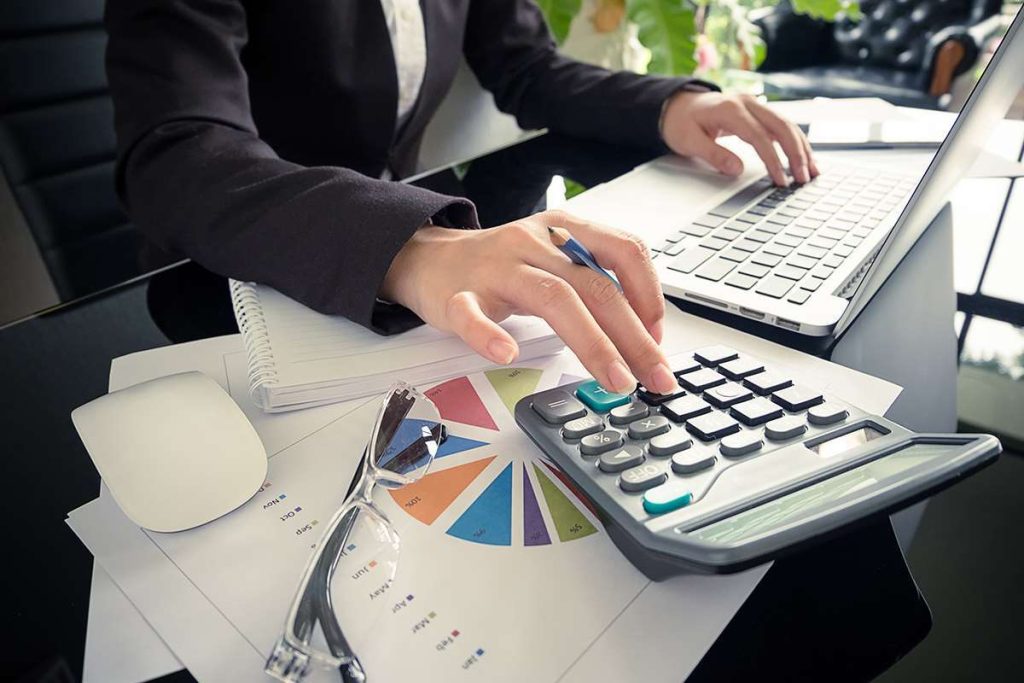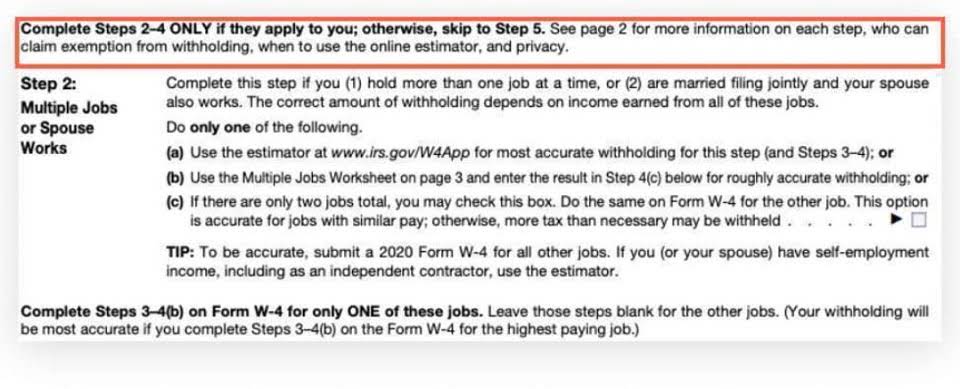
The dollar amount of total debits must equal total credits in the double-entry accounting system. The general ledger details all financial transactions of all accounts so as to accurately account for and forecast the company’s financial health. These accounts provide information that helps you in preparing your business’ financial statements. These financial statements include the income statement and balance sheet. A general ledger template is a record of the income and expenses that affect your company’s bottom line. A general ledger template can help you record and monitor your financial data to ensure your debits and credits reflect your budget.
Your All-In-One Accounting Solution

On January 31, after all of the cash journal entries post, the general ledger lists the ending cash balance. Furthermore, you identify errors or misstatements and take the requisite actions to make good the errors. Therefore, your or your accountants go through each of the accounts individually if you prepare Journal and Ledger manually. Thus, General Ledger Reconciliation helps you to ensure accuracy of the information contained in your General Ledger Accounts. Furthermore, the assets are categorized into current assets and fixed assets.
How is Sales Tax Calculated
As we mentioned when we explained the chart of accounts, the chart of accounts is an overview of all the accounts in a business. It is like a table of contents but you can see every account in a business. During an audit, an auditor may need to understand individual transactions.
GL Month End Closing
- You can then investigate discrepancies and make corrections if necessary.
- From there, the specific amounts are posted into the correct accounts within the general ledger.
- Here is an example of a sales ledger using the T format – I’ve made the “T” orange so you can see it clearly.
- Thus, various adjusting entries include entries for accrued expenses, accrued revenues, prepaid expenses, deferred revenues, and depreciation.
- In some areas of accounting and finance, blockchain technology is used in the reconciliation process to make it faster and cheaper.
It’s available to download in Google Docs, Google Sheets, XLS, DOC, and PDF, making it easier to see your business finances at a glance. Using a GL will keep you up-to-date on your cash flow, debts, and spending, so you can watch for trends and make adjustments to your business operations to maximize profits over time. Alternatively, by comparing revenues across different quarters or fiscal years, you might notice that a particular income stream seems volatile or seasonal. In either case, being able to gather and interpret this type of information will help you make better business decisions moving forward. Thus, understanding how these transactions post to a GL account is essential for any entrepreneur looking to stay on top of their company’s finances.
- By keeping your general ledger up-to-date, stakeholders, investors and analysts can accurately assess the company’s performance.
- For instance, your Purchase Ledger contains the following supplier details.
- To get the most out of your general ledger (and all other reports), set up the company’s structure properly.
- This is the place where you consolidate all cash inflow and outflow, purchases, sales information, and other journal entries.
- Here, debtors are nothing but the business entities to whom you have sold goods that you manufacture.
How to Start a Business: A Startup Guide for Entrepreneurs [Template]
It is an accounting system that stores financial transactions, like revenue, assets, expenses, and liabilities. Use this simple general ledger template to gain insight into your business’s financial data and debit and credit accounting records. Add the account name and number, item date and details, and post reference, gl account examples such as asset, liability, or revenue for each transaction. Then, enter the debit or credit figures so that you can account for every transaction and determine your bottom line. The general ledger (GL) is the main ledger and contains all the accounts a business uses in its double entry bookkeeping system.
What is the Purpose of an Accounting Ledger?
General Ledger refers to a record containing individual accounts showcasing the transactions related to each of such accounts. It is a group or collection of accounts that give you information regarding the detailed transactions with respect to each of such accounts. A tech savvy accounting and bookkeeping firm serving small and midsized businesses, we focus on building scalable accounting department for our clients. The Sarbanes-Oxley Act (SOX) of 2002 is a landmark legislation that substantially affected corporate governance and practices related to financial reporting in the U.S. It now has particular implications for general ledger maintenance, focusing more and more on accurate financial records. While a subledger is a comprehensive record of particular transaction types, a general ledger is a detailed overview of an organization’s financial standing and key performance.
- In addition to this, the detailed information contained in General Ledgers helps you to do the audit smoothly.
- Adjusting Entries are the entries prepared at the end of the accounting period to consider income or expenses that you have not yet recorded in the General Ledger.
- Accounts are usually listed in the general ledger with their account numbers and transaction information.
- Thus, your Sales Ledger tracks detailed information about goods sold to your customers.
- Remember, you need to record each of them in Journal in the order in which they occur.
- This stores everything between depreciation, disposals, and asset management.
Bookkeeping

These accounts comprise data relating to the various receipts, expenses, and other transactions that occur within the organization. As you can see, columns are used for the account numbers, account titles, and debit or credit balances. The debit and credit format makes the ledger look similar to a trial balance. Other ledger formats list individual transaction details along with account balances.
Why do companies use general ledger accounts?

Further, the shareholder’s equity includes share capital, retained earnings, and treasury stock. Thus, the shareholder’s equity appears on the liability side of your company’s balance sheet after current and non-current liabilities. Furthermore, General Ledger Accounting also helps you to spot material misstatements with regard to various accounts. Also, the accounting professional auditing your company accounts may ask for sales receipts, purchase invoices, etc.

As a document, the trial balance exists outside of your general ledger—but it is not a stand-alone financial report. Think of your general ledger as growing the wheat before you make the bread that is your financial statements. It provides bookkeepers with the information they need to generate any reports. To maintain financial health, your total debit balances must equal your total credit balances.

This template includes a year-to-date (YTD) budget summary sheet for recording the budgeted and actual amounts of transactions. A Monthly Expenses Summary tab enables you to add general ledger codes for each monthly expense. The set of 3-financial statements is the backbone of accounting, as discussed in our Accounting Fundamentals Course. A general ledger summarizes all the transactions entered through the double-entry bookkeeping method. Under this method, each transaction affects at least two accounts; one account is debited, while another is credited.